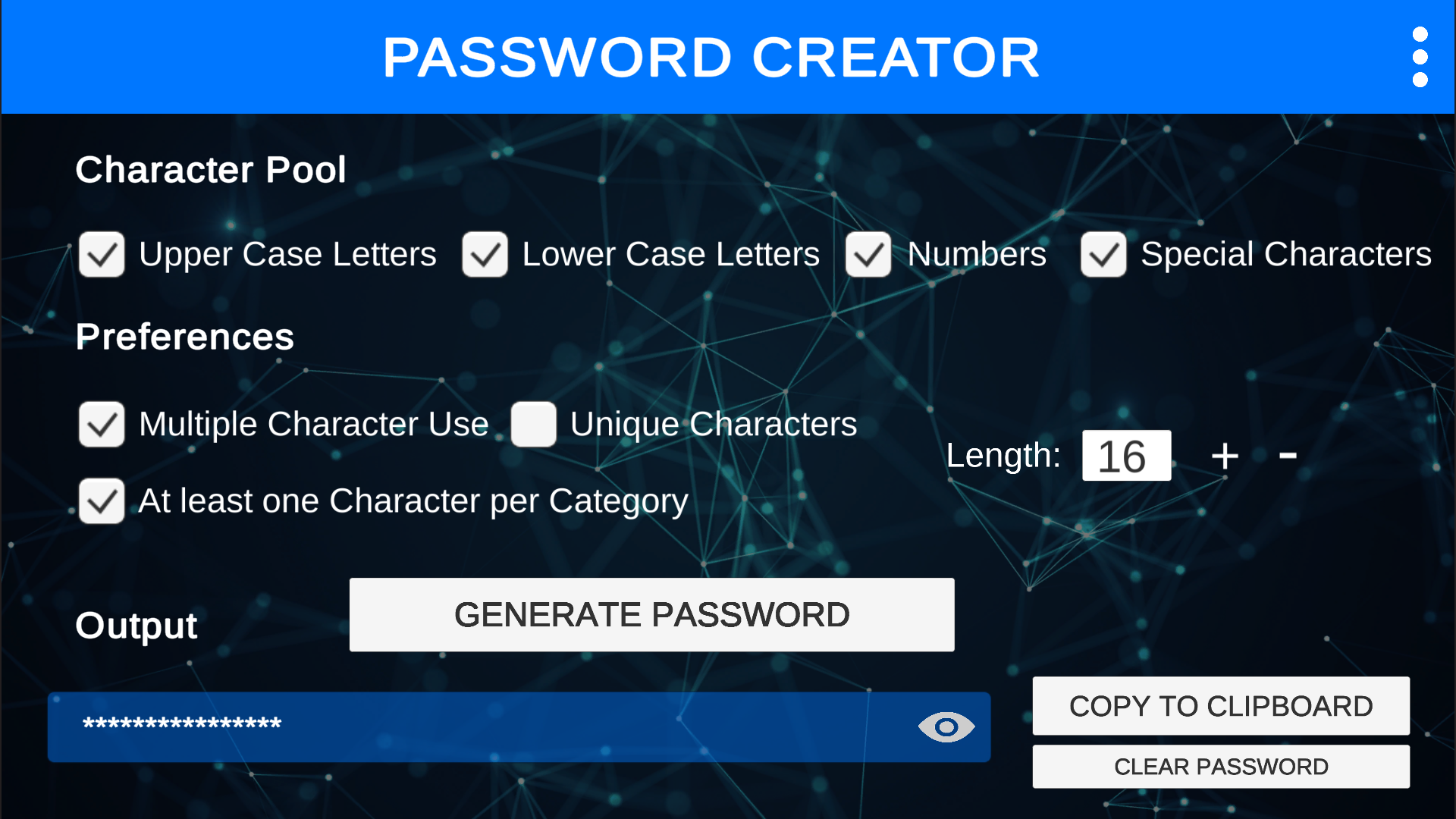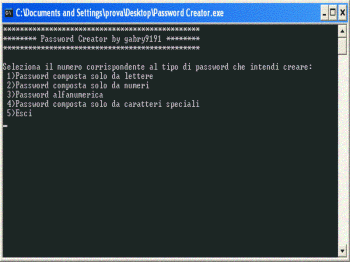

You only need to remember one password: the one for your password manager. These are special computer programs that securely store all your passwords in an encrypted vault. So what should you do? Use a password manager. Don’t believe it? Check out the website to see what sites you use that have been hacked and your passwords potentially compromised.

It happens far more often than you realize. All a cyber attacker needs to do is hack a website you use, steal all the passwords including yours, then use your password to log in to all your other accounts as you. If you reuse the same password for multiple accounts, you are putting yourself in great danger. You need a unique password for every account. Remember though, it’s length that is most important. You will run into websites or situations requiring you to add symbols, numbers, or uppercase letters to your password, which is fine. Here are two examples:īoth of these are strong, with over twenty characters, easy to remember, and simple to type but difficult to crack.

These are called passphrases: a type of strong password that uses a short sentence or random words. The key to passwords is to make them long the more characters you have the better. Those passwords are hard to remember, difficult to type, and with today’s super-fast computers can be easy for a cyber attacker to crack. The days of crazy, complex passwords are over. Below we cover three simple steps to simplify your passwords, lock down your accounts, and protect your future. You are often told your passwords are key to protecting your accounts (which is true!), but rarely are you given a simple way to securely create and manage all your passwords. Immediately apply the skills and techniques learned in SANS courses, ranges, and summits


 0 kommentar(er)
0 kommentar(er)
